Interview with Ariele Elia – Industry/Project Coordinator MFA Fashion Design Program at FIT; formerly Assistant Curator at the Museum at FIT
Walk me through your career path.
I’m originally from California and grew up working in my mom’s clothing boutiques and attending market each season. In college, I majored in art history at Saint Mary’s College of California. After that I moved to NY to pursue a Master of Arts in Fashion and Textiles: History, Theory, and Museum Practice at FIT. As a student I interned at The Museum at FIT and worked my way up from curatorial assistant to assistant curator.
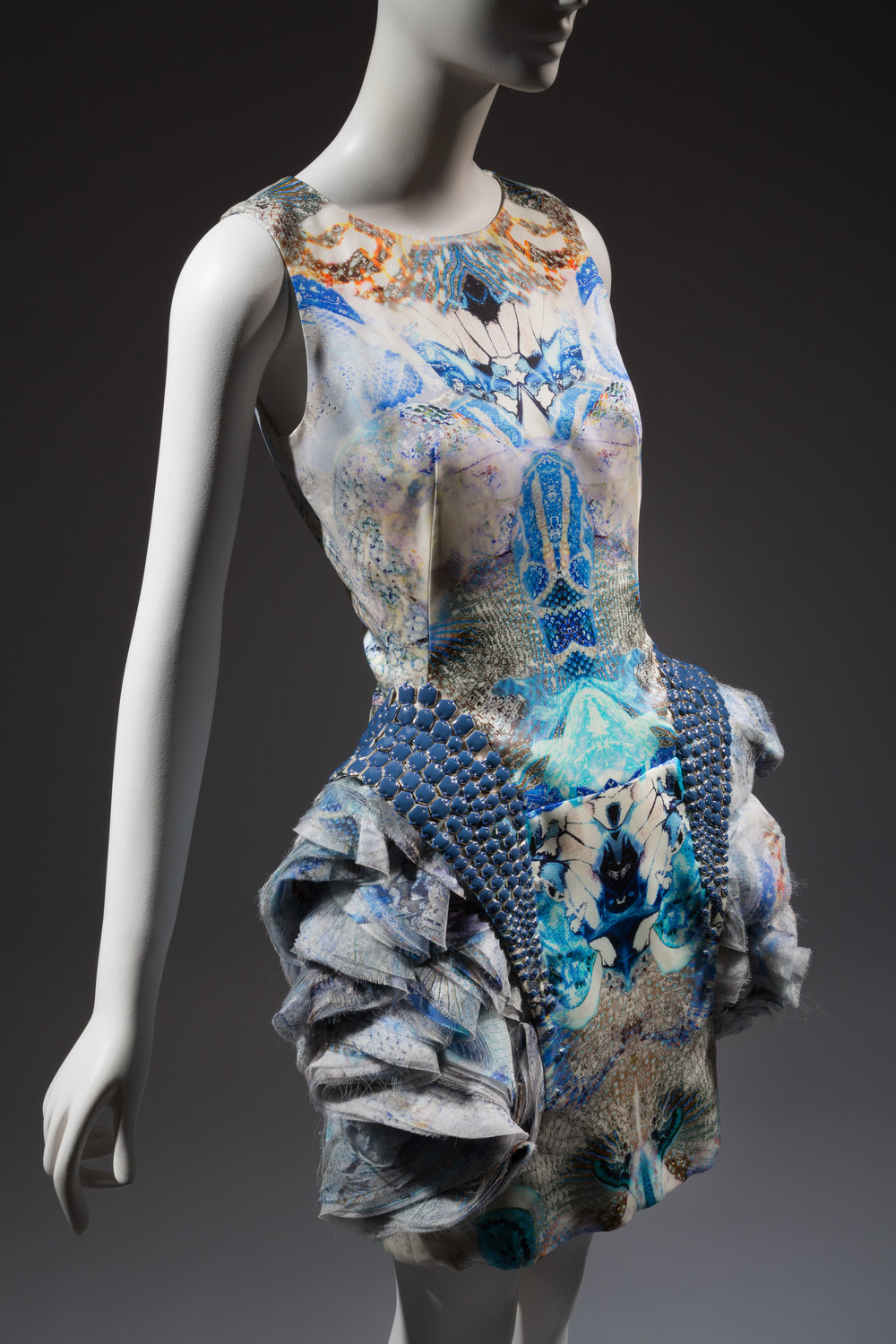
What was your role at NBC as an Archive Intern?
I worked in their archive, which has costumes from NBC TV Shows and Universal films. I did everything from building custom archival storage boxes to cataloging costumes from films.
How were pieces for the archive chosen?
NBC wanted pieces from iconic scenes in films.
What were your responsibilities as an Archive Intern at Calvin Klein?
The archive was interesting because it was more of a living archive and items were often borrowed for celebrities attending red carpet events. After a piece is shown on the runway, it would go out for press photography and then be sent to the archive to be stored. I interned and later worked there while Francisco Costa was the creative director for the women’s collection.
I would archive and photograph the incoming pieces, along with assisting the Calvin Klein design team to pull pieces for inspiration or for red carpet events. I enjoyed seeing Francisco’s innovative use of materials and construction.
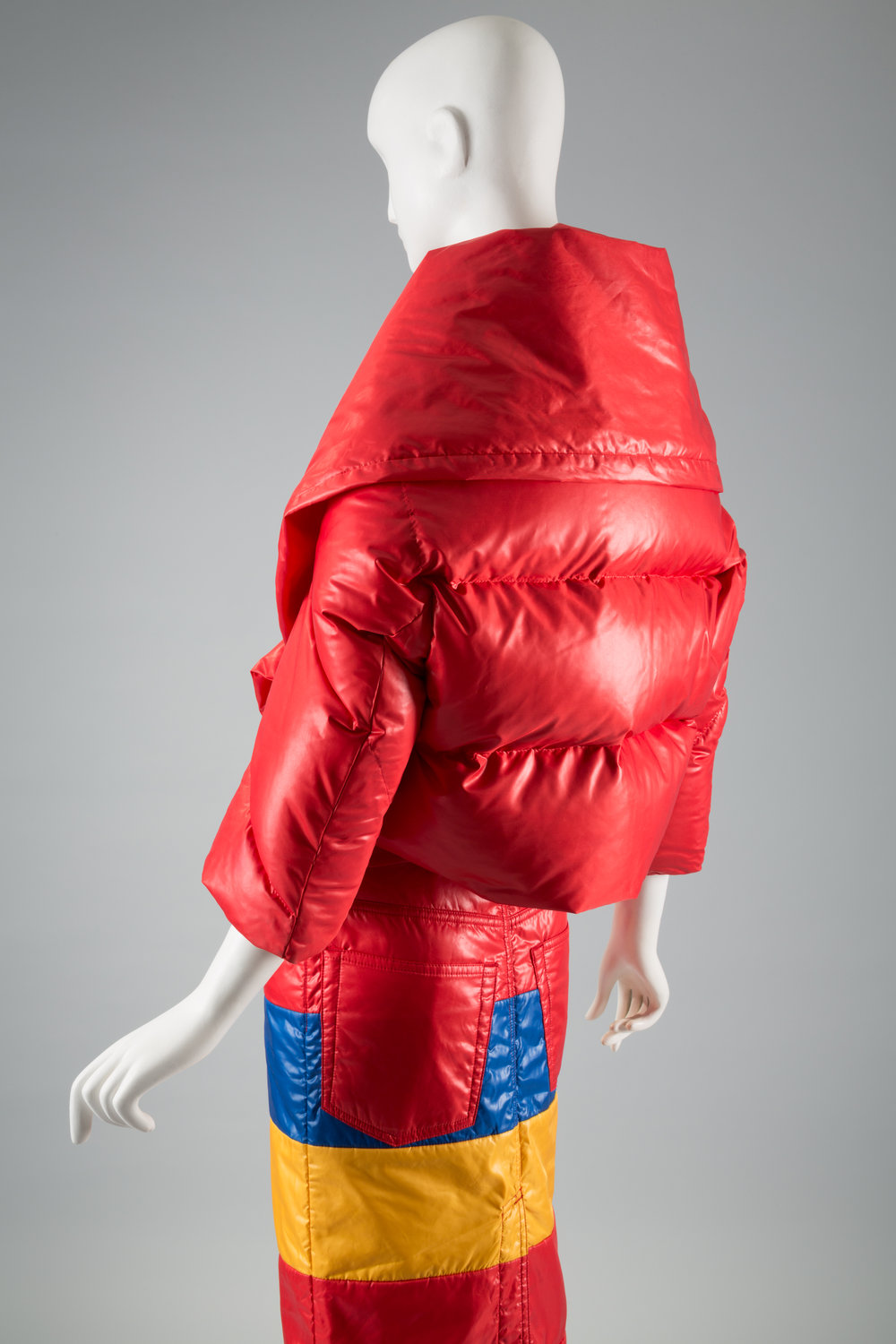
What interested you in museums, and furthermore fashion.
I always knew I wanted to work in fashion, but wanted to take more of the academic approach since I had already seen the industry part growing up. In college I read Valerie Steele’s book The Corset and was in awe of her ability to communicate and interpret the importance of fashion. From there I knew FIT was the right place to pursue an M.A.
In grad school I began interning at The Museum at FIT, where Valerie Steele was and still is the Chief Curator and Director. During my internship I was thrilled to be surrounded by such a vast collection of over 50,000 pieces starting from 1750s-present. It’s incredible to examine pieces most people never see.
What does your day-to-day look like?
Each day is different, and can include pulling garments for professors to teach from, researching for upcoming exhibitions, writing an essay for an exhibition book, pulling objects from our permanent collection, developing our app or figuring out how to best communicate an exhibition to the public.
I’ve given lectures at multiple universities and historic houses. The topics vary from exhibitions I curated to my role as a curator to lending my expertise at a roundtable discussion. I’ve spoken on fashion and technology, streetwear, activewear counterfeits and copyright. Trends often reoccur and people like to have a historic context so they will reach out to a fashion historian.
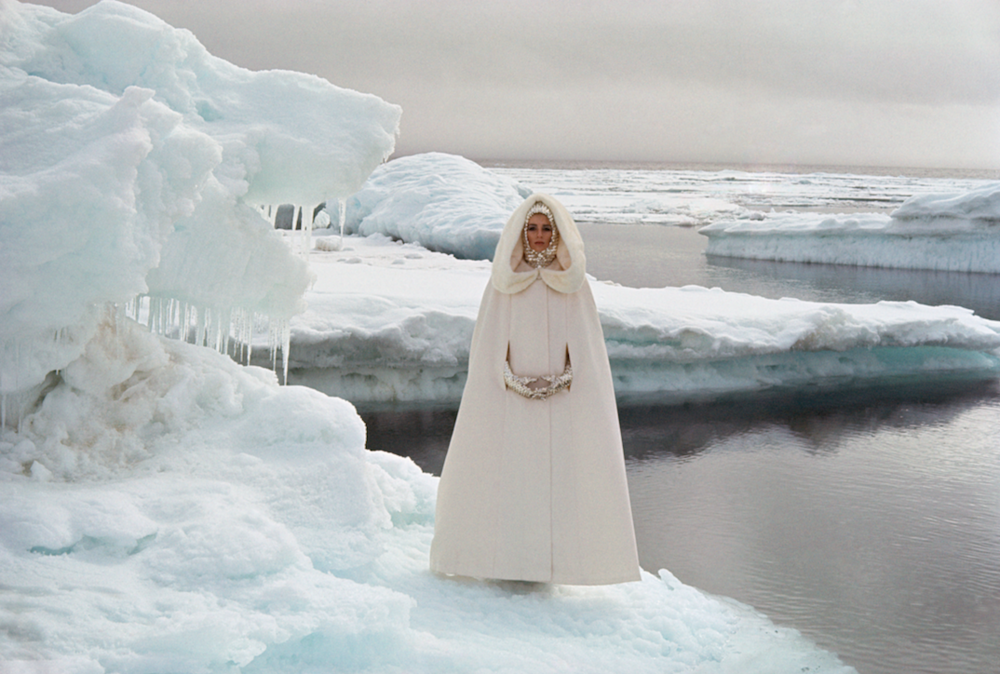
What are the pros and cons of your job?
A pro is being exposed to the collection and seeing the details up close, which from the runway you are never be able to see. I love investigating them and learning about couture techniques and craftsmanship.
A con is that there is never enough time to do everything since the Museum turns around 5 exhibitions a year. I do my best to do as much research as possible, but at a certain point I have to stop, otherwise nothing will be produced.
How do you choose the next exhibition?
I try to think of an idea that hasn’t been done before, but that’s difficult. I want to curate exhibitions that students and the public will be interested in and can relate to. When writing the text for exhibitions, it is important not to go over people’s heads with vocabulary that is too grandiose. Otherwise you are creating an exhibition for your colleague and not the public.
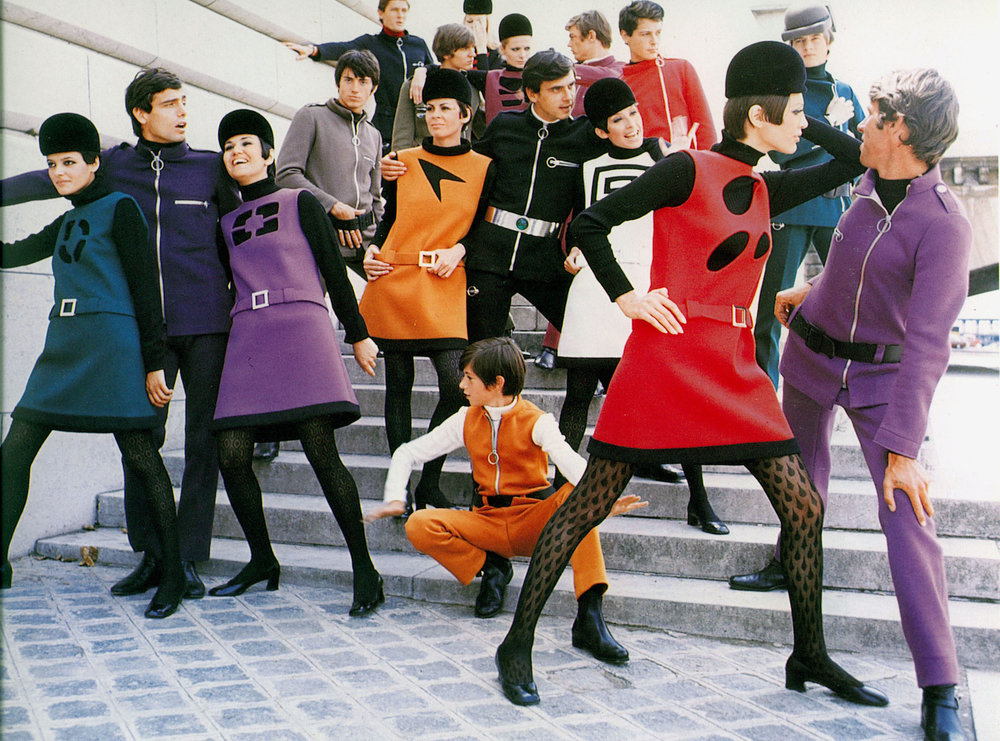
What goes into planning for and putting on an exhibition?
Lots of research. I start with the objects in the museum’s collection. It’s usually an object that inspires an exhibition idea. I ask, what speaks to me, what’s interesting about it, why should others be interested in it? I try to include pieces from the collection that people haven’t seen. Once the objects are selected, Valerie meets with the curator and they explain why each piece should be included in the exhibition.
The press release, labels and brochure are written, which then go through multiple rounds of editing to ensure the curator’s vision is properly communicated to the public. Next conservation comes in. If it’s an old piece, let’s say from the 1860s and needs to be preserved, it’s prioritized. Conservation also checks to make sure the garment is strong enough to be put on display for six months and not be damaged.
They will then dress the mannequins. It’s interesting to see the different types of mannequins needed depending on the time period. The conservators will select mannequins, dress them and pad out the mannequin to resemble to proper period. The silhouette from a 1905 dress is very different from a 1960s dress. The mannequins, textiles, and accessories are then installed and the exhibition opens with a press preview and/or a party.
What is it like walking through an exhibition that you curated?
It’s always a proud moment because I know I’ve spent at least a year or two planning the exhibition. One of my favorite moments is when a visitor tells me what it meant to them. I can curate an exhibition, but if it doesn’t mean anything to anyone, what is the point?
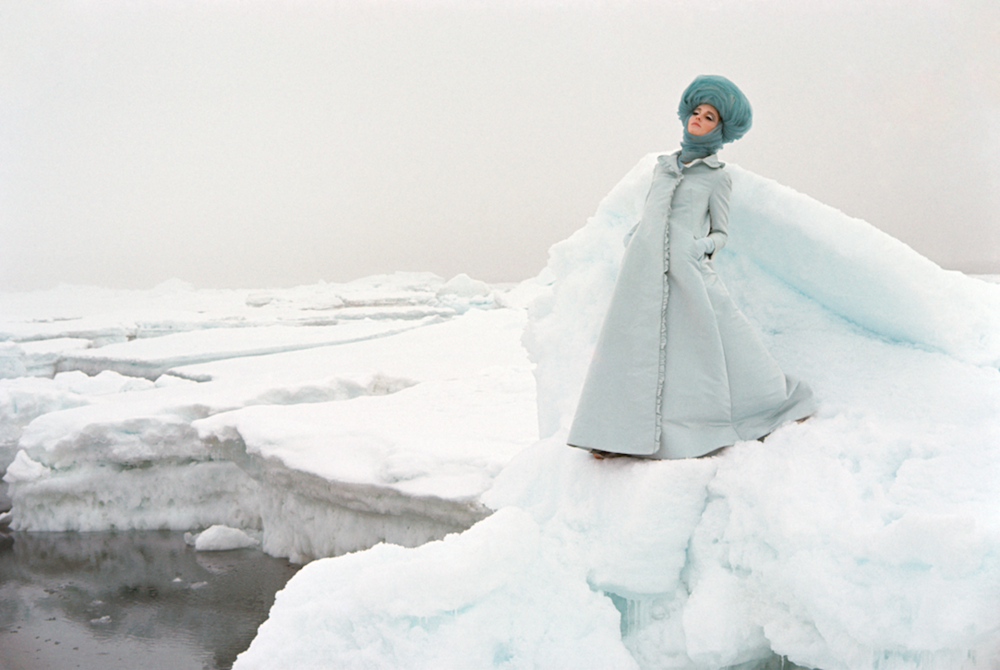
Where are the pieces stored when they aren’t in an exhibition?
The whole collection is stored on-site in two different storage rooms. The compact storage consists of large bays of shelves and hanging space that rolls back and forth. If a garment is strong enough to hang, it will. If it has intricate beading it will be stored flat on a shelf. Shoes and accessories are stored in a specialized boxes and mounts that support their structure. When the museum is acquiring a new piece, how much space the piece will take up is considered.
Walk me through acquiring a piece.
Typically, we approach the designer. Sometimes PR barriers are difficult to get through, and you may not know the correct contact. It depends on how busy it is at that time of year, so we know not to reach out during fashion week. Then, we work with the designer on which piece we want donated, and explain the importance of it’s inclusion in the collection or exhibition. A majority of our pieces also come in through unsolicited donations and are assessed by our acquisitions committee.
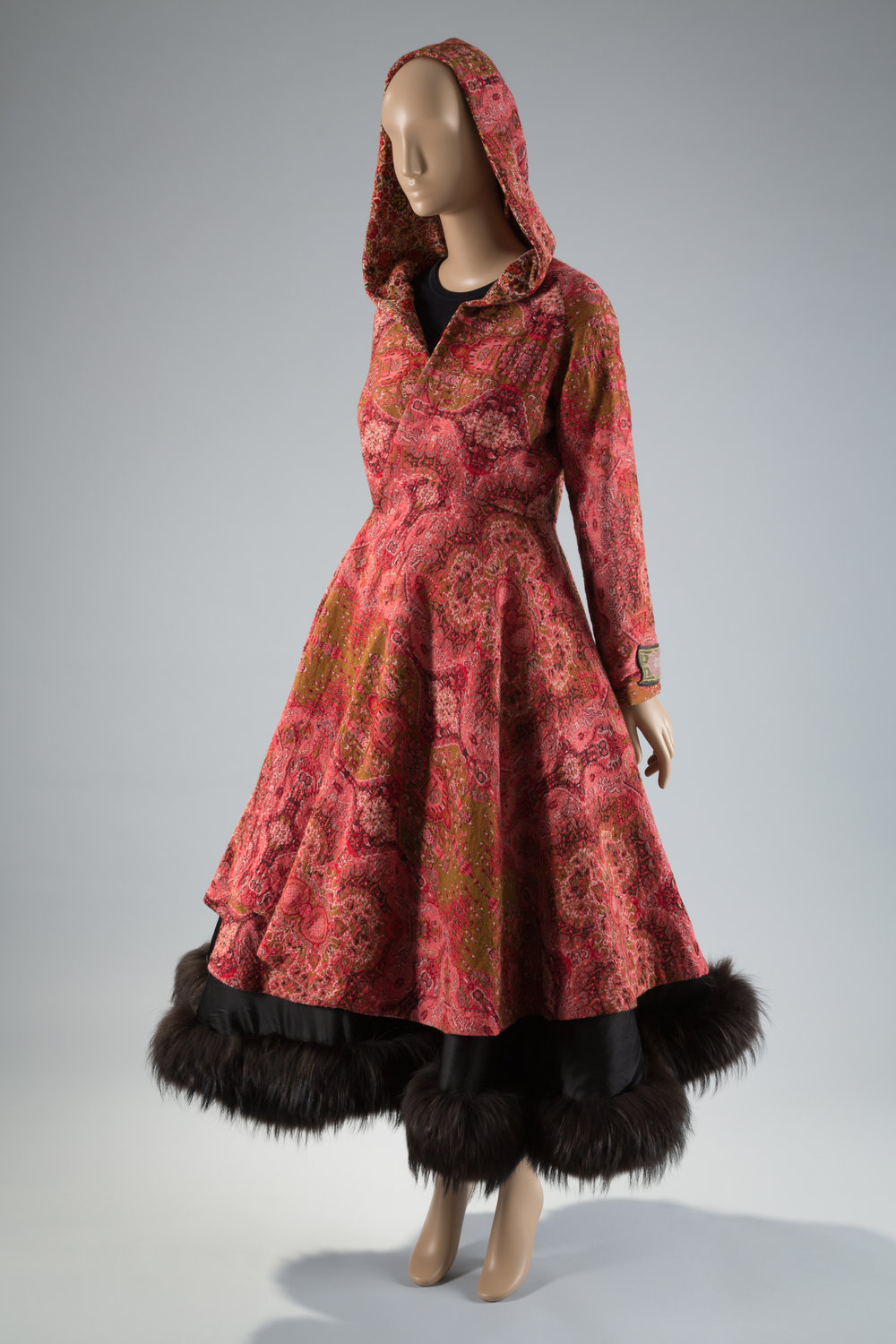
What upcoming exhibitions should we keep on our radar?
I’m currently assisting our Deputy Director, Patricia Mears with the exhibition: Expedition: Fashion from the Extreme, which opens September 15th 2017. The exhibition looks at clothing that was worn in survival environments and how they have translated to the runway. For example, if you look at deep sea, ask yourself, how did neoprene go from being worn under water to on the runway? For space, the exhibition looks at brands like Courrèges and Pierre Cardin and how they were inspired by space.
Describe the team.
There are about 30 people that work at the museum. We have our exhibitions team, conservation team, registrars (who catalogue and bring everything in), curatorial team (chief curator, deputy director, and 6 other curators), photography team (photographs the exhibitions and produces images for the books) and education team (help with openings and communicating our message to the public).
What is your favorite thing you’ve learned?
The copyrighting of fashion. People are familiar with counterfeits, but not as familiar with licensed copies of designer garments, such as a Chanel suit.
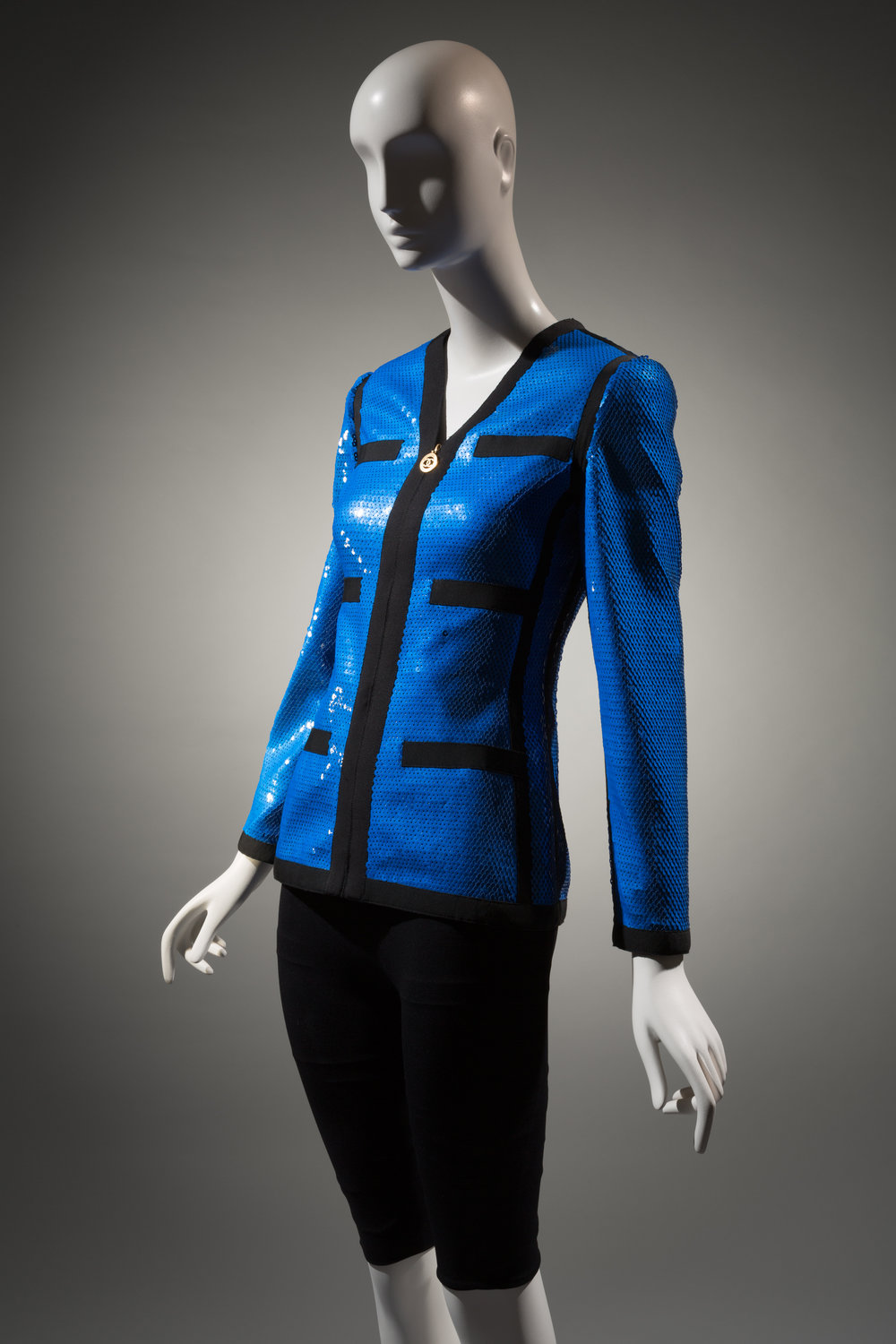
What has it been like working with Valerie Steele?
It is an honor. She can immediately spot something that could be problematic in an exhibition or if the public wouldn’t understand it. Her ability to interpret and communicate fashion to the average person coming to the museum is impressive. Her vast knowledge of fashion is inspiring to be around.
How do you get more people into the museum?
Social media helps people to become more aware of the museum. As the field is growing more and more, people know about it and reference us. With our app, people internationally can also see our exhibition Black Fashion Designers.
Since the FIT Museum is free, how does the museum make money?
We are a non-profit, and are funded by the state, SUNY, donations from designers and The Couture Council.
If someone wanted to get involved with the museum, how would they go about that?
We take graduate level interns and FIT students awarded with federal work study grants. We also welcome academic researchers.
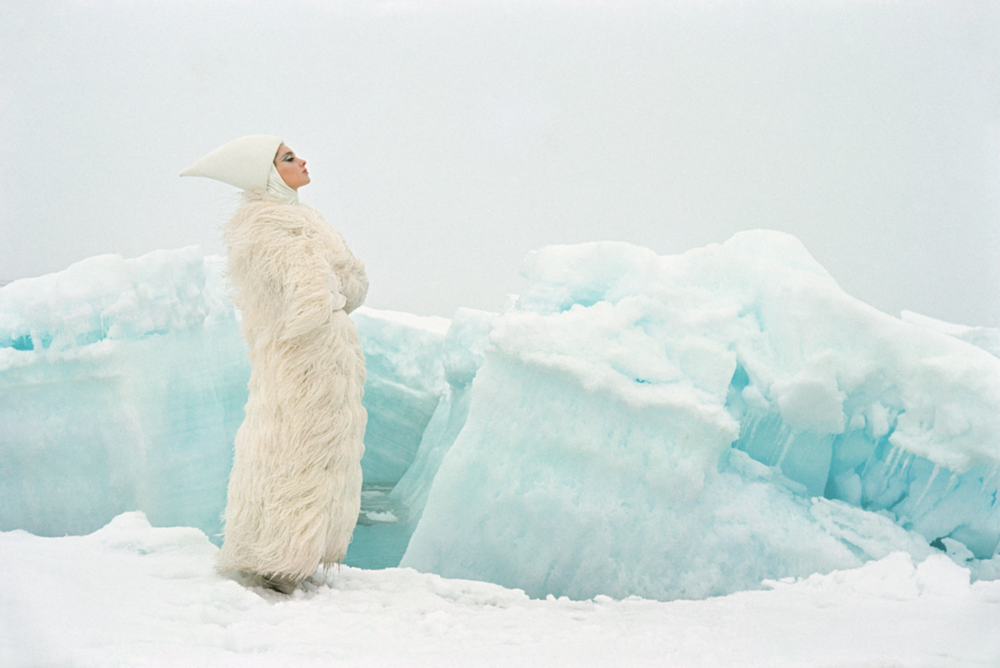
Delia Folk
BY
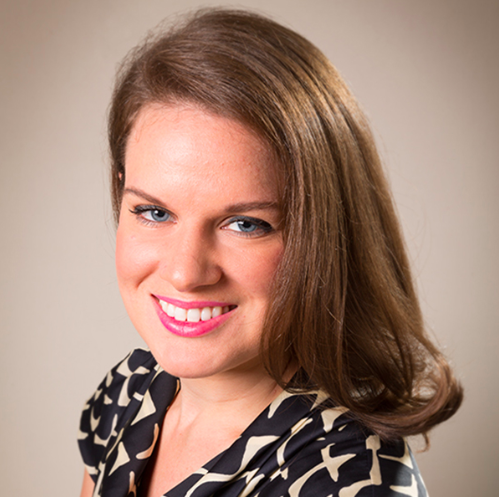
you said: